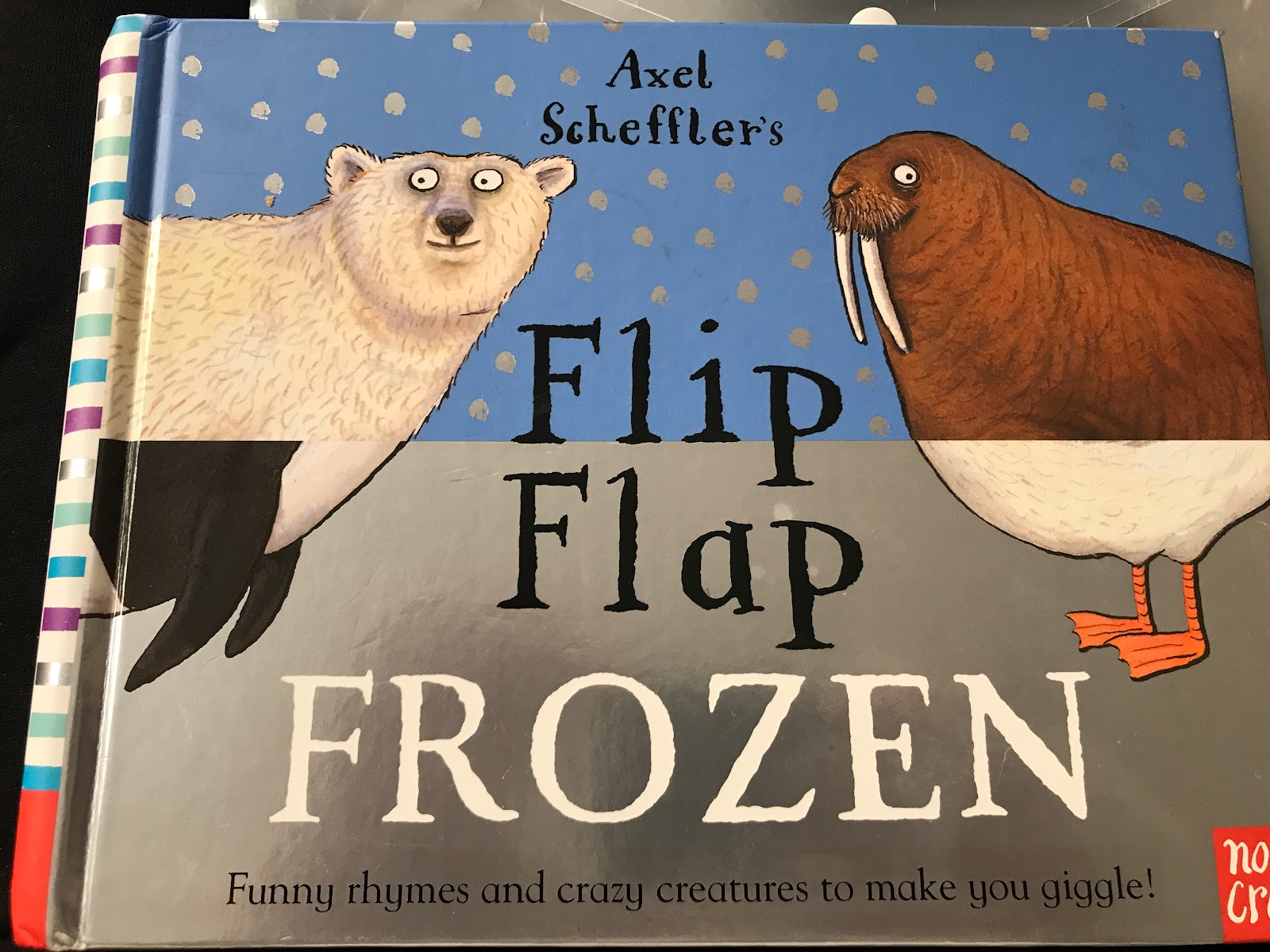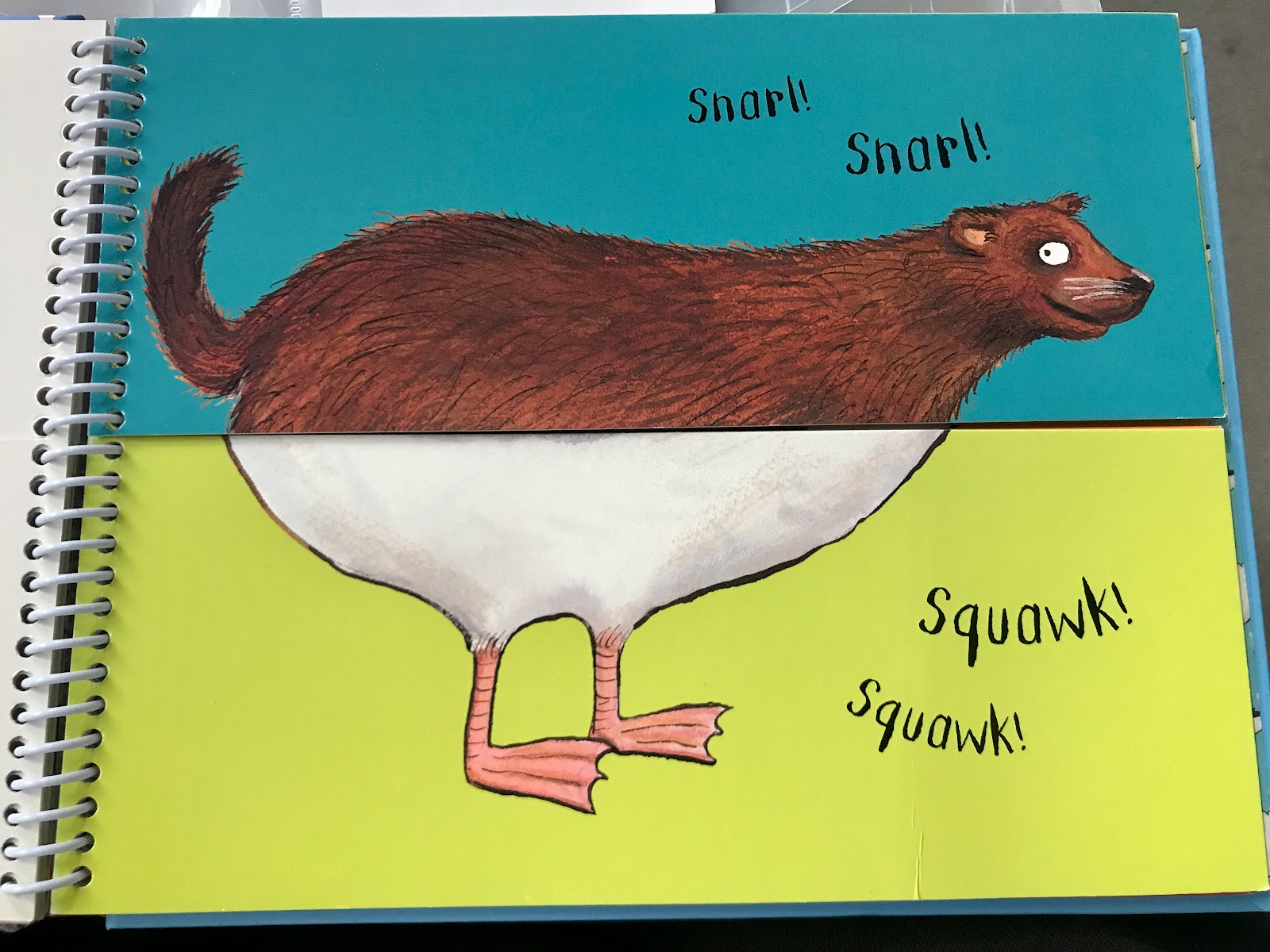Playful Learning
I have been thinking a lot about about the concepts of being "playful" and playfulness. This connects to a previous blog about learning beyond free play, as well as discussions with Jo Fahey and a recent set of webinars from The Lego Foundation who identify five characteristics of playful learning:
The Early Years in the PYP document published by the IB mentions the word 'playful' in two contexts:
(Educators) consider what the learner is investigating through their playful interactions with people, materials and places.
(As an example of a central idea for a unit of inquiry) : We construct theories about how the world works through playful exploration.
I appreciate the explicit connections made with theory building, investigation, interactions and exploration. I also value the idea that these interactions go beyond materials and can include people and places. I would advocate that we can also be playful with ideas.
I feel there is more to unpack with being playful though. In the world of early years, it is a term that is often used in conversation, but less frequently explained. For me, being playful may well be part of play (child-initiated), but also children may well be playful in adult-initiated or even adult-led learning experiences depending on how they are framed and the culture of the learning environment. Playfulness has the potential to transcend these types of learning as it is a stance, an energy, a spirit, an openness and an inclination, a mindset, much in the same way we might think about inquiry. Being playful is focused on the how of learning.
Being playful matters as it is a way we actively make meaning and build and revise theories. Playful learning positions learners as agents of their own learning and allows children to make more choices and take greater ownership of their learning. Children are required to deepen, broaden and strengthen their ability to think, alongside other AtL skills such as research, social, communication and self-management skills. Playfulness, like play, helps to develop self-regulated learners.
In the same way we think about a culture of inquiry with us as educators modelling being inquirers ourselves, being playful is not reserved only for children. We can be playful in the way we collaborate with colleagues, design learning spaces, interact with the children, ponder on ideas and engage with materials. In this way, we nurture a sense of being playful in young children through our spirit and the way we take pleasure in the process. Children are more likely to feel safe in being playful and trust in this process of learning if playfulness is modelled, noticed, named and celebrated.
Who do you think of as playful? Why?
I recognise playfulness in myself - in my interactions with colleagues, friends, children and their parents. I am playful in my work as a teacher and a workshop leader, but also as a friend and family member beyond school. I am playful in the way I organise holidays, play music and experiment with photography.
But, what might you do if you are playful? I have been reflecting on what might demonstrate being playful:
- explore
- tinker
- smile
- theorise
- test theories
- laugh
- puzzle over
- grapple and struggle
- take risks
- ponder
- participate in, adapt or create a game
- debate
- strategise
- joke
- experiment
- figure out
- seek alternatives
- imagine
- play
- entertain new possibilities
- inclination for "what if?"
- wonder
This list makes me think about a quote by Diane Parker about inquiry: "Inquiry is a perspective on learning that celebrates surprise, thrives on doubt and flourishes in tension." It also showcases a wide range of high-level thinking! Being playful is not the easy way out!
To be playful, children benefit from diverse learning environments, rich in intriguing materials, open-ended resources and loose parts, as well as time to explore these. Playfulness soars in a language-rich space where ideas are explored, built on, connected and refined. Being playful often thrives in social interactions where children collaborate, push one another's thinking and explore beyond the limitations of one person. Possibilities germinate from rich learning opportunities with degrees of openness.
Recent examples of being playful in Kindergarten
Which one doesn't belong? We are using this as part of a morning routine. From the first day, children were open to finding different reasons for one picture not to belong. (Picture courtesy of Simon Gregg)
To develop phonemic awareness, we focus on different sounds. Many children naturally rhyme words or develop alliterative phrases to have fun with sounds. Just this morning, children were noticing patterns between words and adding and taking away sounds to words.
We have been looking at the place value and patterns in numbers to 100. We have been exploring different ways to represent numbers such as 10 frames, beads, Numicon, number paths and base 10 Dienes manipulatives. We have looked at the 100 square and children have designed their own l00 squares, noticing new patterns.
Our unit of inquiry is based on the concept of imagination. Children were invited to draw a picture which must include a red circle. The children then compared their ideas and how they interpreted the idea of the red circle.
Access to open-ended materials and loose parts is certainly linked to children being playful. They allow concepts to be explored in imaginative and creative ways. A recent unit on structures encouraged children to be playful with these materials available.
Sometimes playfulness happens from introducing, repositioning or relaunching a resource or material. Yesterday, I brought the children's attention to clipboards we had in the classroom. Some children drew and wrote stories, and others took food orders from the class, wrote the orders on the paper and then made the orders from different materials as part of role play.
Read alouds have been key to being playful with ideas, words and forms of expression. We have the author Gareth P Jones visiting tomorrow and we have been reading some of his books. We have looked at word play in the title Rabunzel and the introduction "Once up on Furry Tail Hill".
The children love to create new creatures using some of the flip flap books we have in class.
Reflection Time
Although the children play for several hours per day in Kindergarten here in Paris - play in the sense of children making their own choices and this often being playful - there are also routines and more structured parts of the day. A question I often ask myself as I plan is "How can I make these routines and structures more playful?"
What models, definitions or criteria do you use to unpack 'playful'? I would love to compare my own theories with other people's thinking.
What are some examples of children being playful in your classes?
How you could you make learning even more playful?
















Comments
Post a Comment